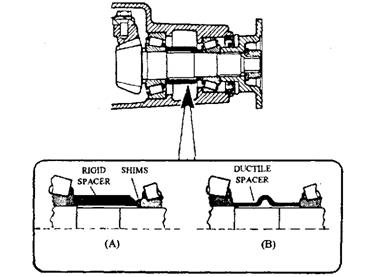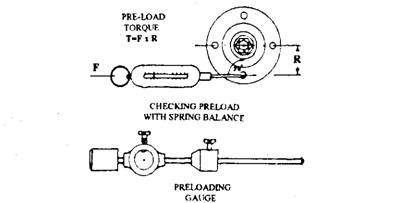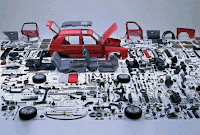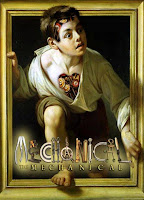Physical Chemistry
Physical Chemistry Gold has been treasured throughout history partly because of its great chemical stability. Resistant to attack by oxygen, which rusts or tarnishes other metals, gold remains bright and beautiful under ordinary environmental conditions for centuries. Gold, however, does oxidize, forming Au2O3, when exposed to environments containing a highly reactive form of oxygen— e.g., atomic oxygen or ozone. Hans-Gerd Boyen of the University of Ulm, Ger., led a German-Swiss team that announced the discovery of a more oxidation-resistant form of gold. The material, called Au55, consists of gold nanoparticles; each nanoparticle is a tiny cluster comprising exactly 55 gold atoms and measuring about 1.4 nm (nanometres). Boyen's group reported that Au55 resisted corrosion under conditions that corroded bulk gold and gold nanoparticles consisting of either larger or smaller numbers of atoms. The researchers speculated that the chemical stability is conferred by special properties




